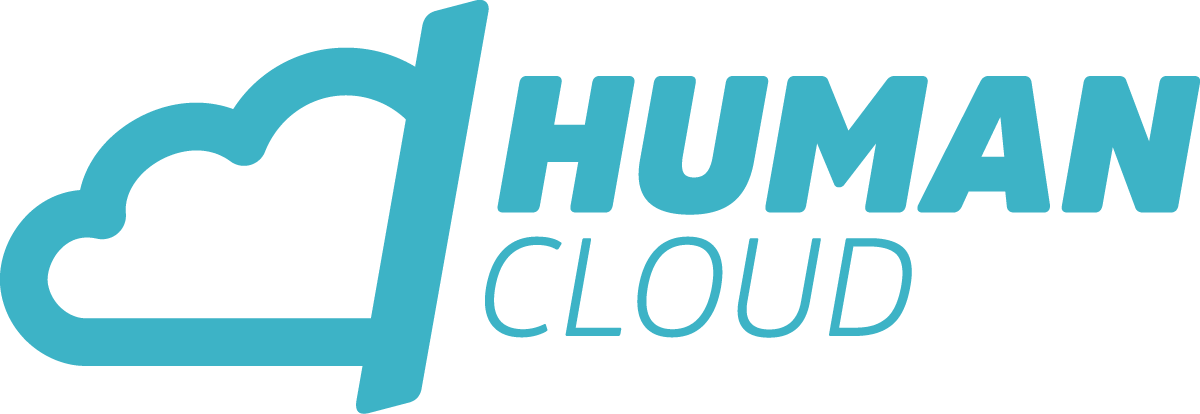8 Work Predictions You Need To Know In 2022
Welcome to our Leader Portal, where you can learn from tactical experts, not thought leaders. We place our stamp of approval on each leader so you can trust their insights are tactical insights, not sales pitches.
Enjoy!!! 👊
Happy New Years Everyone,
It’s been one hell of a year for us leaders in the Human Cloud.
Fueled by the great resignation, the labor shortage, and inflation, 2021 brought many milestones.
-
The number of Freelancers grew 34%, from 38.2 million to 51.1 million (with 68% of newcomers being Gen Z or millennials).
-
Freelancers contributed $1.3 trillion to the U.S. economy in annual earnings.
-
Clients dove head first, with almost 90% of business leaders stating that “talent platforms would be somewhat or very important to their organization’s future competitive advantage”.
-
Record fast investment and acquisitions (which I’m skeptical, but we’ll talk later about why).
2022 will be a year of continued acceleration in our shift to a globally distributed, freelance-first workforce.
Our crazy prediction is that our once little industry will become the default mode of work within 4-7 years.
But let’s not get ahead of ourselveS.
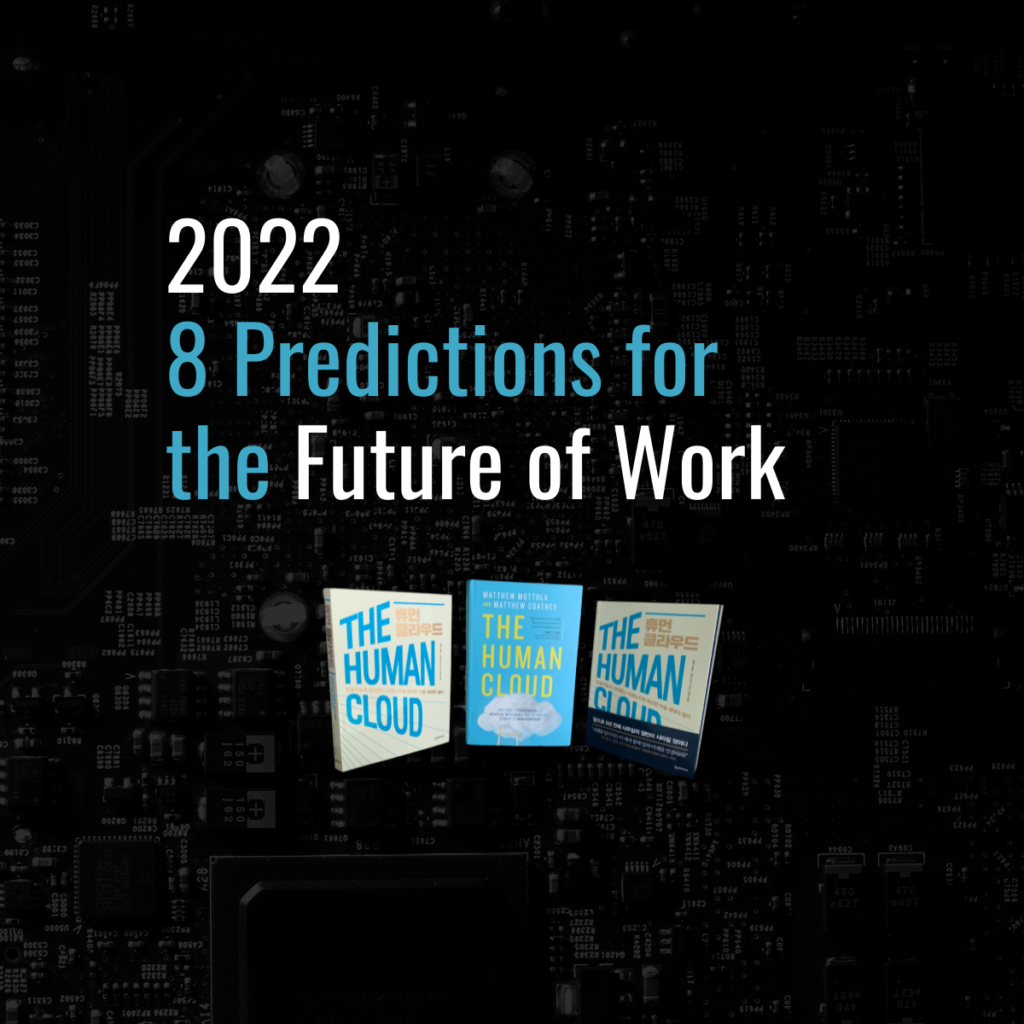
Context 👇👇👇 is the tech, economic, and social forces driving the Human Cloud.
8 Predictions For 2022
2 months ago, Jason Calcanis posted a survey on LinkedIn on how top talent would like their employers to handle their return to the office.
63% said they should embrace a hybrid return to the office…BUT where employees choose remote or in-office 👇👇👇
Which leads us to our first trend of 2022: CHOICE.
Trend 1: The rise of choice for top talent.
Top talent today has more choice than any prior generation in the history of work.
As Matt Coatney likes to say, “it’s not because prior generations didn’t want this choice, but because today’s technology has made it possible”.
The technology he’s referring to is the applications that enable individuals to do more with less. 👇👇👇 is a teaser.
The impact: Changemakers don’t need budget, headcount, and a brand name to make a massive impact. Instead, individuals can connect, collaborate, and scale their impact 100% digitally and remote.
Which has unlocked unparalleled control over where they work, when they work, what they work on, and most importantly…who they work with. They might freelance. They might stay a VP but hire freelancers. Or they might be a VP while freelancing on the side. Either way, they have unparalleled choice.
And as this technology gets better, so too does their power of choice.
WYNTK: Your top talent has unparalleled choice in how they work, what they work on, and who they work with.
Trend 2: Remote-first and freelance-first will become the norm.
Remember when we called remote work telecommuting? Now it’s just assumed work is work no matter if in an office, in a coffee shop, or on your kitchen table.
Freelancing will have a similar semantic shift as top talent increasingly becomes freelancers and leaders increasingly turn to these freelancers.
HUGE DISCLAIMER: We will not all become freelancers. Nor will all companies be 100% remote.
Instead, current work norms will blend with remote and freelance norms instead of the current buzzword vomit with terms like the gig economy, freelance economy, open talent, etc,
Here’s a sample of this semantic shift 👇👇👇
I need to apply for a job 👉 what opportunities are within reach 👉👉 let’s checkout my network, then freelance platforms
I’ll sign a W-2 contract and hope you don’t lay me off 👉 I’ll commit to outcomes and build a portfolio of leaders I like to work with
We need a full time employee 👉 what skills and outcomes do we need to hit our goals 👉👉 let’s access these skills and outcomes through our network
WYNTK: You need to include freelancing and freelancers into your default view of work.
Trend 3: More companies will be built entirely through the Human Cloud.
5 years ago a ‘real’ company could never be built 100% remote. Then came Basecamp. Then Automattic. Now remote-first is the norm.
We expect an increasing number of companies to be built remote-first and freelance-first in 2022. They won’t do it just to follow the fad. They’ll realize they can be more efficient, nimble, and – yes – productive by freeing individuals from the typical physical and time constraints of a traditional company.
On update #58 we highlighted how Gumroad was built through the Human Cloud (100% remote, freelancer-first). As Sahil said, “Hiring people full-time and leasing a new office in San Francisco to work out of was untenable. Instead, I hired a few engineers as contractors. These contractors saved the company.”
Disclaimer: Intentionally we didn’t say ‘unicorn’ companies. The reason is that the Human Cloud gives entrepreneurs the choice to build sustainable companies instead of just Unicorns or lifestyle businesses.
WYNTK: Companies relying on prior talent norms will be disrupted by remote-first and freelance-first companies.
Trend 4: The Human Cloud will solve massive societal problems.
There’s a reason we call the Human Cloud ‘a new engine to opportunity’.
The Human Cloud helps more than just companies. It’s an engine to address massive societal problems like inequality, upskilling, and education to name a few.
Take student freelance platform Parker Dewey (their insane 2021 results below 👇)
Expect to see more remote and freelance models creatively used to solve massive societal problems.
WYNTK: Whether a Dean, or a politician, or software company VP, the Human Cloud can massively drive your impact.
Trend 5: We’ll See Globally Distributed Micro-Communities (the real Metaverse)
2022 will be the year of shifting from default colleagues to chosen collaborators.
The reason is because the remote, contract nature of the Human Cloud enables deep relationships built around impact.
In the book we ended our intro by saying The Future Is Human.
The reason is that the Human Cloud amplifies the importance of relationships by getting rid of everything not directly related to the work itself. No politics. No forced small talk. Of course, we still want to connect at a personal level, but we’ve found when focusing on intense work, true, deep connections are made. It’s more of a community, a tribe, than just a bunch of coworkers.
This intentionality of relationships is HUGE for us leaders, and knowing how to inspire, motivate, and organize freelancers will be your leadership superpower.
In action, this looks like forming a bench of 15 globally distributed freelancers you turn to consistently.
Me personally, my bench spans everything needed to ship a product. There are writers, SEO experts, designers, and developers, most ready to work within hours since we’ve built a working relationship for 5+ years, and the logistics like price have already been ironed out.
Forming relationships is also huge for you freelancers, so you can refer work, team up, share knowledge, and let’s face it…gossip.
DISCLAIMER: A strong network does NOT mean thousands of followers. It usually means a trusted network of 15-50 direct collaborators.
WYNTK: You need to be creating and nurturing a network of 15-50 trusted collaborators.
Trend 6: The continued rise of freelancers.
This one’s pretty simple – the number of freelancers grew 34%, from 38.2 million to 51.1 million in the US, and we expect this number to stay between 30-40% in 2022.
Why? Because honestly, the value prop of freelancing (freedom, impact, choice) has never been stronger, and the macro trends of inflation and the great resignation only make the case to freelancing stronger.
Inflation forces the need for people to look for additional income streams. Now that freelancing is mainstream they’ll easily hop on a freelance platform or find projects from their existing network.
The Great Resignation furthers the confidence of top talent to work for themselves, forcing employers to accept contractual working relationships for what used to be full time roles.
WYNTK: The number of freelancers in 2022 will continue to increase by 30-40%.
Trend 7: A Great Re-Build
Every technology disruption follows the same cycle – shatter (unbundle), pick up the pieces (unbundle). Or as Marc Andreessen said, “there’s only two ways to make money in business: One is to bundle; the other is unbundle.”
The Human Cloud shattered the physical and full time components of work, replacing physical with remote and full time with contractual work (and creating a Wild Wild West).
The Good: Freedom/choice for individuals.
The Bad: Lack of benefits like healthcare/vacation, lack of a defined career path, loneliness to name a few (basically what workers have gained over the past 150 years of industrial work).
Which is why according to Jon Younger and the University of Toronto’s Global Survey On Freelancing, 30% of freelancers struggle, with 34% of freelancers worrying about their financial performance (honestly, this number was lower than I expected).
For this reason 2022 will be the year of The Great Re-Build: building solutions to make freelancing a sustainable career path. The gap for full time work vs freelancing is closing rapidly, and 2022 will see the continued explosion of solutions.
Who is best positioned to re-build solutions for freelancers?
Freelance platforms have the easiest access point (69% of freelancers are loyal to one or two platforms rather than several). At scale, platforms will always be the best at providing ideal work as they have the contacts, best practices, and security/compliance requirements. From this, they can expand horizontally into community, career development, healthcare, to name a few.
Existing products have the second easiest access point as freelancers can easily become part of the value chain. Take Squarespace providing freelance Squarespace experts, TurboTax providing freelance accountants, etc.
Net new products like indipop for healthcare have the hardest path but aren’t burdened by legacy processes.
WYNTK: There is massive room for building the good of full time employment into freelancing.
Trend 8: More Freelance Platforms
The number of freelance platforms will increase for 3 major reasons.
The overall rise of freelancing.
The clear business value for platforms over hiring individual freelancers on your own (the key value 👇👇👇).
Curating and vetting freelance talent
Account management to triage and help employees hire freelancers
Mitigating the various risks like compliance, security, etc.
The need for platforms, specifically wave 2 platforms, to help the transition from early adopters to the majority in the technology adoption lifecycle 👇👇👇.
I believe we can chop the timeline of the freelance economy into 3 waves.
Wave 1: Outsource for cheap.
*Wave 2: Outsource for access to skills you couldn’t (or shouldn’t) hire full time.
*We’re in the third inning of wave 2.
Wave 2 runs on vertical, niche based freelance platforms like Paro for finance/accounting, since there’s high change management to hire high quality freelancers and high switching costs if choosing the wrong high skill freelance talent.
Wave 3: Integrate freelancers into existing project planning and hiring.
WYNTK: Expect an exponential rise in the number of freelance platforms.
And hey, we can’t just limit ourselves to click-baity lists and stop at 8 predictions, can we… Here are some “bonus trends” that are also top of mind as we head into 2022.
Trend 9: The Rise of Independent Freelance Leaders and Solutions Agents
On the backs of the rise of freelance platforms, there will be an increasing need for independent third party leaders and solutions to help companies navigate the increasingly complex freelance economy.
Worst case scenario: Companies choose the wrong partner and can’t access top talent in 5 years.
Second worst case scenario: Companies choose the right partner, but then that partner gets gobbled up in an acquisition and languishes or, worse, shut down.
Much like the ecosystem of consultants and systems integrators grew around the rise of software, we’ll see a similar ecosystem grow around the freelance economy.
WYNTK: There will be a rise of trusted partners that can help you navigate the world of freelance and build organizational capability to tap into top talent.
Trend 10: A New Definition of Headquarters
What happens when companies no longer need employees to be centrally located? The concept of a ‘Headquarters’ loses its importance.
Instead, as James Thorn puts it below, a companies ‘headquarters’ becomes the place a CEO wants to live:
“If globalization made the world flat, the coronavirus made it distributed. Tomorrow’s companies are everywhere and nowhere. The way we used to think about geography, about building networks and ecosystems, is now irrelevant. A company is based wherever its CEO lives; employees decide where they want to pay income tax.”
WYNTK: Headquarters no longer mean thousands of jobs in one location, they just mean the CEO and potentially leadership team.
Trend 11: Political Confusion
2021 saw the rise of the PRO Act, a union-backed land grab trying to force the over 50 million US freelancers to become employees overnight.
Fortunately it was blocked (for now), but the special interests that are invested in the old world of full-time work won’t just quit. They’ll regroup and try a new assault.
We as an industry need to be organized and ready to defend the rights of our individual workers, who have finally had their time to shine after millennia. We all can’t afford to backslide here.
WYNTK: Our industry needs to be organized and prepared for additional attempts to block the rights of freelance workers.
Trend 12: Integrating freelancers into strategic resource planning
As a result of the great resignation/reshuffling/awakening (pick your buzz word), companies will have no choice but to consider contingent workforces as more than just an afterthought or HR line item. Much like companies budget for headcount and staffing agencies, they will need to include freelancers in their resource planning.
Including freelance talent in budgets for both operational expenses and project delivery, as well as auxiliary services for platforms and consultants to assist with transforming to a freelance-friendly company
Updating existing onboarding procedures to be freelancer friendly: more nimble, simpler, quicker
Including freelancers in both upfront planning and ongoing project management activities
Providing easier access to key information systems without lots of red tape, hurdles, or extra equipment
WYNTK: Freelancers are now a strategic resource you need to prioritize and include in strategic resource planning.
Human Cloud Newsletter
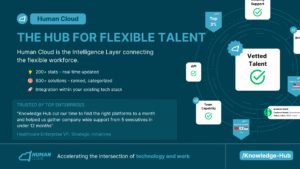
Subscribe
Human Cloud is the intelligence layer connecting companies to their future workforce. Subscribe to receive daily, weekly, and monthly insights.
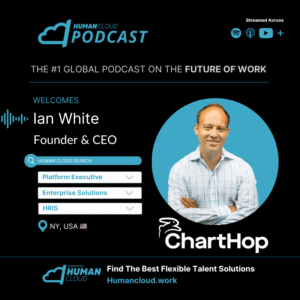
Ian White, Founder & CEO at Charthop
TRANSCRIPT Ian White, Founder & CEO at Charthop LinkedIn Email Twitter Print Subscribe to Human
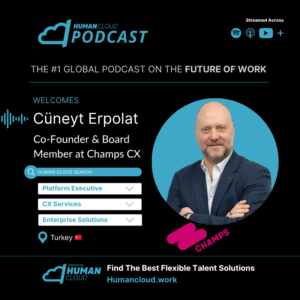
Cüneyt Erpolat, Co-Founder & Board Member at Champs
TRANSCRIPT Cüneyt Erpolat, Co-Founder & Board Member at Champs CX LinkedIn Email Twitter Print Subscribe
